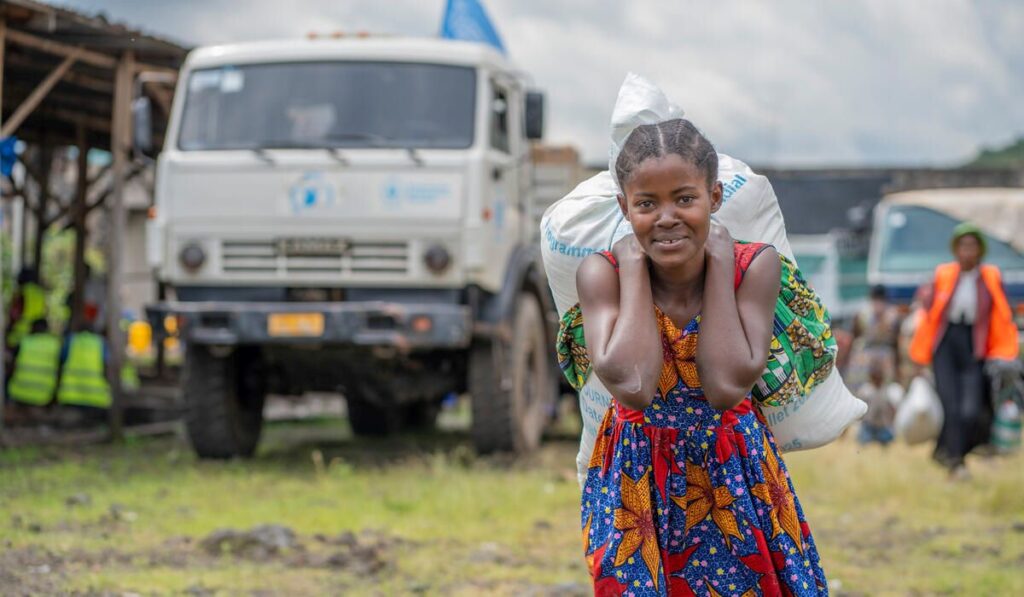
Friday 14th November 2025

by inAfrika Newsroom
Africa food insecurity moved back to the centre of the global agenda this week after a new FAO and WFP report warned that millions more people risk falling into acute hunger across 16 hotspots. The joint assessment, released in Rome on 12 November, says time is running out to avert famine-like conditions in several crisis zones. Moreover, the agencies stress that shrinking humanitarian budgets now collide with conflict, climate shocks and economic stress.
The Hunger Hotspots report covers the period from November 2025 to May 2026 and lists 16 territories at highest risk. Six crises top the scale of concern: Haiti, Mali, Palestine, South Sudan, Sudan and Yemen. In addition, the report classifies Afghanistan, the Democratic Republic of the Congo, Myanmar, Nigeria, Somalia and Syria as “very high concern”.
Four other hotspots include Burkina Faso, Chad, Kenya and the situation of Rohingya refugees in Bangladesh. Africa dominates the list, with Sahel, Horn and Great Lakes countries all facing overlapping shocks. Therefore, FAO and WFP are urging governments and donors to treat Africa food insecurity as an immediate global security issue, not a distant humanitarian problem.
Funding shortfalls sit at the heart of the warning. As of the end of October, appeals targeting the most at-risk populations had received only 10.5 billion dollars out of the 29 billion dollars requested. Moreover, the agencies say ration cuts, suspended school meals and reduced refugee support already expose families to extreme risk.
FAO officials report that underfunding also undermines basic livelihood protection for farmers and herders. They point to gaps in seed distribution, animal health services and anticipatory support ahead of planting seasons. In addition, they warn that failure to act now will erode local food production and deepen future dependency on emergency relief.
WFP leaders say conflict and violence remain the primary drivers of acute hunger in 14 of the 16 hotspots. Battles in Sudan, South Sudan, the Central Sahel and parts of the eastern DRC have displaced millions and disrupted trade routes. Meanwhile, climate extremes such as floods, droughts and cyclones continue to hit farmers who already live close to the edge.
The report notes that early warning systems correctly signalled rising risks months ago. However, follow-up action has lagged, leaving aid agencies to manage deeper crises with fewer resources. FAO and WFP argue that anticipatory action, including cash transfers and livelihood inputs before shocks, saves both lives and money.
For East and Southern Africa, the assessment lands as more than 100 million people already face food stress. High prices, currency weakness and lingering economic scars from the pandemic have squeezed urban households and rural producers. Moreover, many governments struggle with limited fiscal space as they try to respond to overlapping emergencies.
FAO Director-General QU Dongyu and WFP Executive Director Cindy McCain both called famine “predictable and preventable” if political will and funding align. They urged faster disbursement of pledged support and unimpeded humanitarian access, particularly in conflict zones. Overall, UN officials say the latest appeal should push Africa food insecurity higher up global decision-makers’ agendas before the next planting seasons close today’s narrow window for action.


